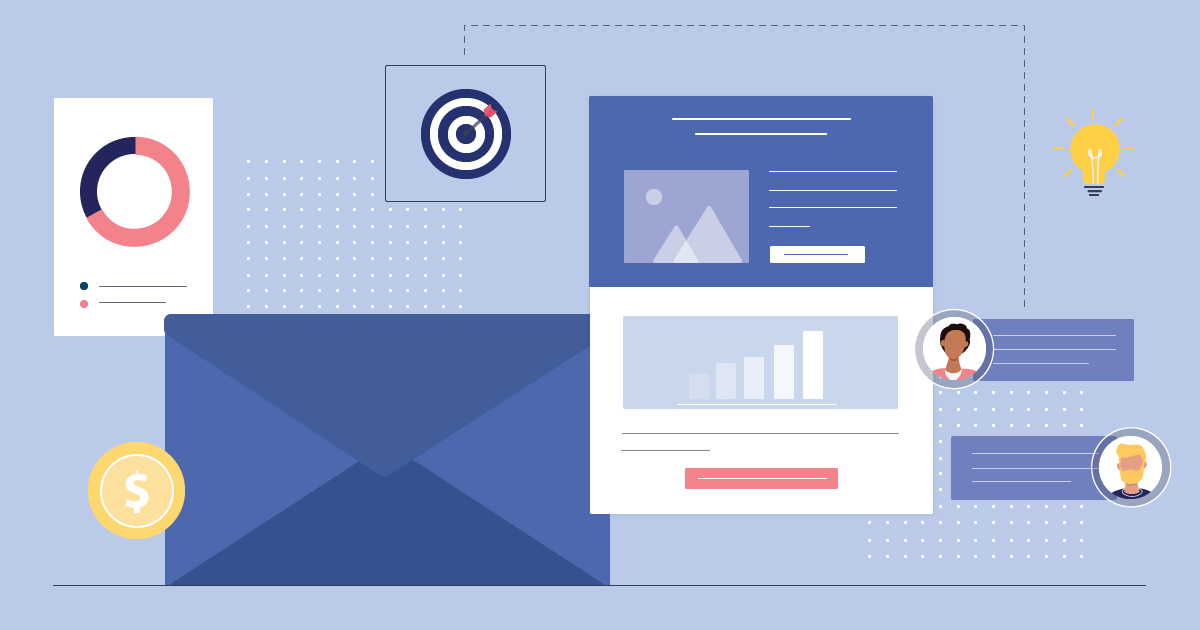
How To Monitor And Grow Your Email Traffic In 2025 [+Tips]
Every marketer seeks effective digital marketing tactics to bring more targeted traffic to their website and boost brand awareness and sales. With an ROI of $42 for every dollar spent, email traffic is at the top of this priority list.
In this guide, we’ll explain how to track it to understand what your customers care the most about. Moreover, you’ll find some best practices to increase engagement rates and thrive through this digital channel.
Let’s start with a brief definition!

The easiest and most affordable email marketing and newsletter software!
What Is Email Traffic?
Email traffic is the website traffic businesses gain via their email channel, the number of visitors that end up on your site via email marketing campaigns. Considering that people in your email lists are usually high-quality leads with a genuine interest in your brand, it’s easier to target and convert them.
Moreover, it’s also considered a workload metric that refers to the amount of emails sent within an organization by employees, usually relevant to productivity measures. In this guide, we’ll expand on the first definition.
How To Monitor Email Traffic And Engagement Rates
Most email marketing services offer dedicated analytics and reporting tools to monitor how your email campaigns perform and determine how much traffic you get or what you need to improve your email marketing strategy.
Here’s a sneak peek of Moosend’s analytics dashboard:
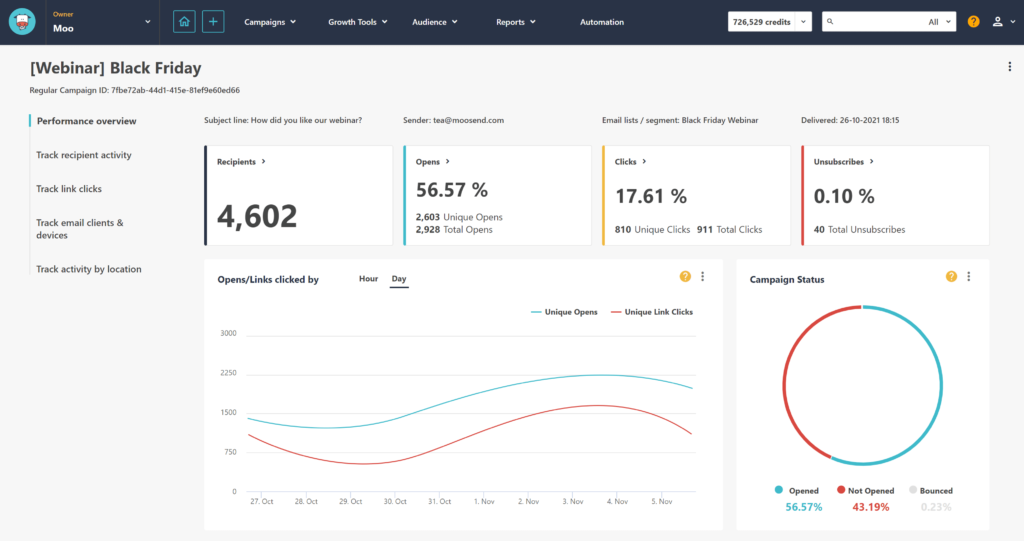
Most e-commerce businesses use Google Analytics simultaneously to dive into more details, understand behavioral patterns, and get more accurate insights on traffic sources. UTM tracking links shed even more light, giving you access to your subscribers’ preferences, interests, and purchase habits.
Let’s look more closely at these email metrics.
Total traffic
This standard metric shows how much of your website traffic comes from your emails, resulting from the number of people clicking on them.
You can also measure it per demographic or segment to get a better overview of your traffic to plan your follow-up steps and uplevel this marketing tool. You can access those insights faster on platforms such as Google Analytics.
Click-to-open rate
The click-to-open rate (CTOR) shows the percentage of the subscribers who clicked on your email campaign out of those who opened it. This rate shows how effective and relevant your email content is.

When this metric drops, you must take reactive measures to increase your click-through rates again, such as focusing on specific calls to action each time or writing more catchy and relevant email copy.
Conversion rate
Every email campaign has a call-to-action button, inviting readers to your website. Conversions are one of the primary email marketing goals and engagement indicators, showing how many people completed the desired action out of the emails sent.

Bounce rate
One of the significant email deliverability foes is the bounce rate. It shows how many people did not receive an email campaign from your list. This can happen due to temporary constraints (soft bounce), such as a full inbox, or permanent ones (hard bounce), like wrong email addresses.
Your email traffic is at stake when your bounces rise, so you’ll have to tackle this issue. For instance, you can conduct an urgent email list cleaning or enable a double opt-in process.

Spam complaints
Another email engagement enemy is the spam folder. The spam rate may increase for various reasons, for example, when your recipients’ Internet Service Providers (ISPs) flag your content as suspicious. It can also rise because your recipients move them to spam.
Either way, it’s essential to take action to decrease this rate. For instance, adding an unsubscribe button is one of them. Give your readers the power to leave if they wish before getting into further trouble.

Heatmaps
Do you want to understand your customers’ behavioral patterns? Apart from viewing the metrics above, you can also utilize heatmaps – or clickmaps – to observe which parts of your emails attract readers the most and understand what parts need optimizing.

You can integrate your current email marketing software with a tool like Email Heatmaps to decode your subscribers’ reading patterns.
10 Best Practices To Boost Your Email Traffic
Monitoring and analyzing your email metrics is vital, but how can you prepare beforehand to drive traffic to your website? Follow these valuable tips step-by-step:
1. Analyze your buyer persona
One of your first moves to increase your email and organic traffic is to learn your customers in-depth. Knowing their habits, interests, and purchase behaviors will enable you to optimize your email and content marketing efforts and serve relevant content to them.
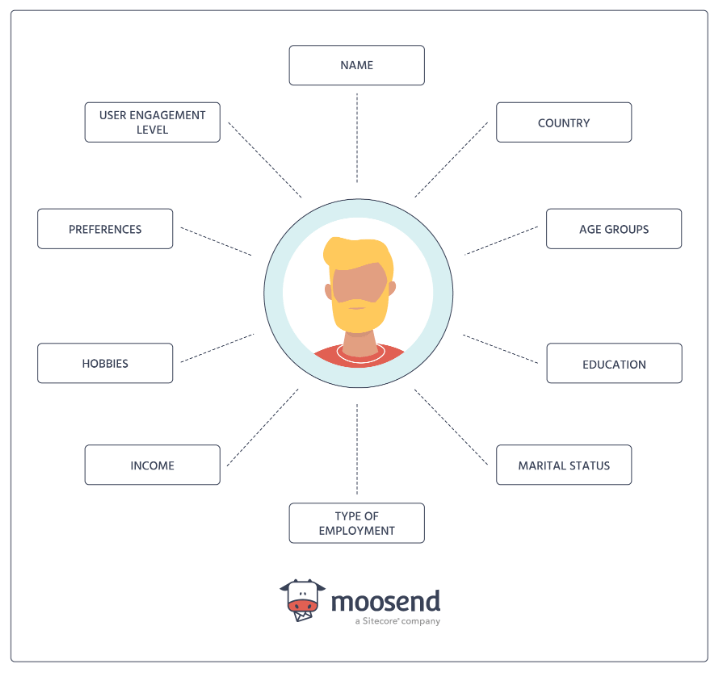
Apart from your buyer personas, analyzing the average customer journey and dividing your email lists into segments according to your sales goal is essential. This way, you can deliver more suitable content to your target audience and grow your email traffic faster.
For example, potential clients of SaaS businesses usually seek case studies as they move closer to the decision stage, compared with a website visitor who has just signed up for your newsletter.
2. Create an email marketing calendar
You cannot build a successful email marketing strategy in one day or rely on increasing traffic by sending a few cute campaigns monthly. If you want to reap the benefits of this inbound tactic, you need an email marketing calendar.
It always helps to write down all processes and data in one place. You can build an Excel sheet or embark on a project management tool like Trello to keep track of campaign information such as:
- Campaign name
- Email owner
- Target email list
- Status
- Send time
- Email goal
If you need some inspiration, you can also use this Moosend template to see how you can effectively streamline your work. Follow the guidelines to make it yours:
Finally, remember that even though consistency in frequency is essential to boost brand awareness and conversions, overwhelming your audience with too many emails will bring opposite outcomes. Everything in moderation!
3. Grow your email list
To elevate your email traffic, you first need to increase the number of people in your email lists. And not just anyone but targeted consumers likely to convert soon. You first need to get their opt-in to start mailing them. Otherwise, you may hurt your metrics and brand reputation.
Here are some effective list-building techniques to collect their contact information:
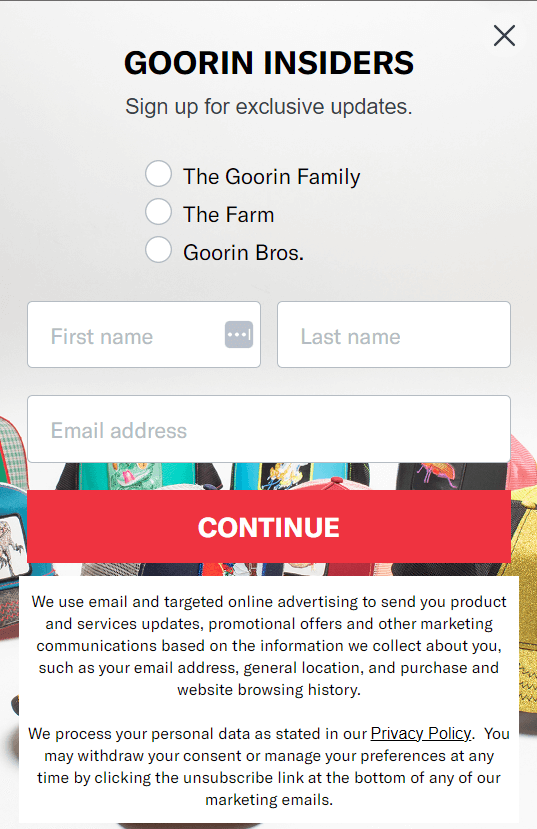
- Create popups on your website (see the example by Goorin above)
- Build simple yet effective signup forms
- Create lead magnets and other resources
- Run a contest or a webinar
- Create converting landing pages
- Post your lead generation forms on social media
As your list grows, you can use audience management tactics to personalize content and maximize your email traffic. We’ll explain more later on.
4. Create compelling email content
You can‘t have high email traffic without excellent email content. Think about the emails landing daily in your mailbox – which ones would you happily open and interact with?
Let’s see what elements you need to make your email campaigns memorable and converting:
- Tailor your sender’s name to match your brand to avoid ending up to spam
- Write a compelling subject line and a relevant preview text
- Create an easy-to-read email outline and enhance it with imagery, videos, or GIFs
- Write relevant and exciting copy posing a sense of urgency
- Craft a CTA button with actionable copy that stands out from the rest of the text
- Add an email footer with helpful information and links
Want to see an email that we’re sure brings the traffic it aims for? Here is a fantastic example by Kindred that checks all the boxes above:
Subject line: New Preset – Kindred Summer!

Do you want to create a unique campaign to skyrocket your email traffic? Sign up for a Moosend account, choose one from our ready-made, customizable templates, and make magic happen!
5. Personalize your email campaigns
Nowadays, consumers often opt for brands with personalized marketing high on their agenda, so the more you tailor your content to your audience’s needs, the more likely you are to convert them.
There are many ways to personalize your email campaigns, with audience management and email automation high on the hierarchy. So, first, you can create different segments based on shared characteristics, such as demographics or interests, and tailor your content to their needs.
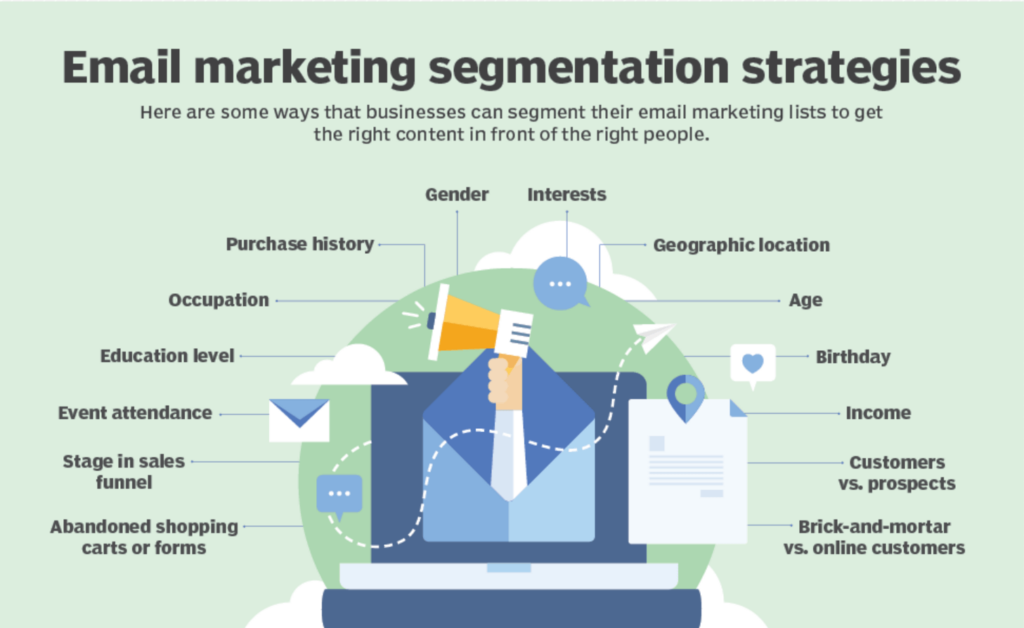
Then, you can build automation workflows to nudge your customers during their customer journey at critical times. Cart abandonment is one of them and can work miracles for your lost ROI if implemented appropriately.
6. Offer relevant incentives
Check out once more the email campaign by Kindred shared earlier. To maximize their email traffic and summer sales, they offer a fantastic incentive for a selected period to make it more indulging for subscribers.
This is a great idea, especially for certain seasons or to boost specific marketing initiatives, for example, event or webinar registrations. Here, they emphasize the incentive by placing the word “SALE” in a prominent place, followed by the sale information and guidelines right above the second CTA button.
Discounts are not the only incentives consumers seek. You can also try coupons, free resources, or whatever would fascinate your target audience.
7. Use multiple channels
To elevate your email traffic, you can utilize your additional web traffic sources, such as your social media channels or business blog. Invite your followers or readers to subscribe to your list; once they do, they’ll keep revisiting your website regularly.
Of course, informing those people about the benefits of signing up is essential, from free resources to exclusive offers and sales to entice them more.
8. Conduct A/B Testing
Are you unsure about some aspects of your next campaign and how they will perform for your target audience? Thankfully, most email marketing services like Moosend or Mailchimp offer A/B Testing solutions to check which email variation can bring the results you wish for.
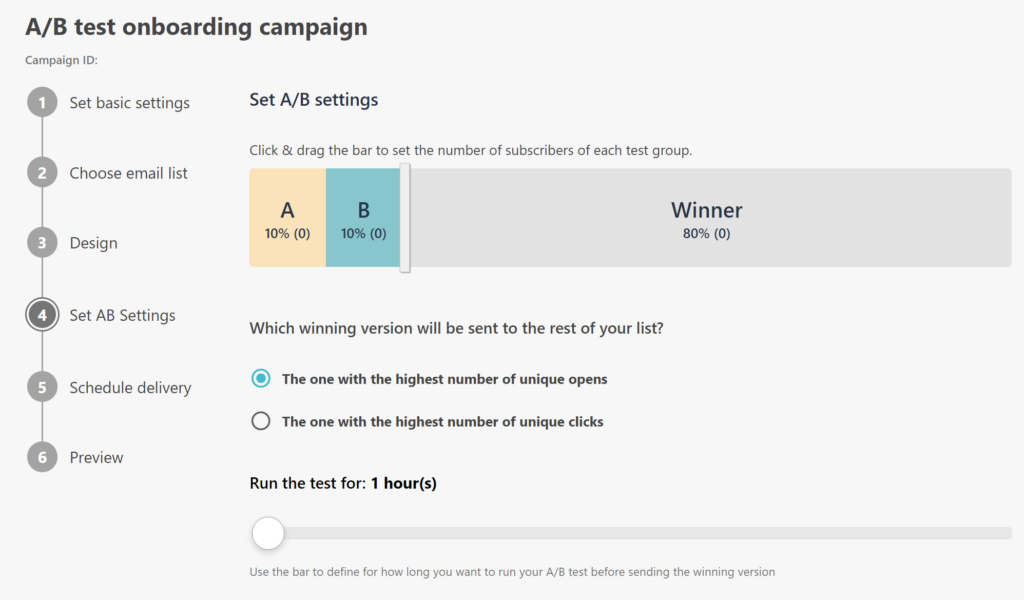
For example, you can test email components such as the subject line, preview text, and send time to find the winning variation and send it to most subscribers in your list.
9. Mind mobile responsiveness
Did you know that 85% of email users access their emails via smartphones? This means that most of your email traffic will come from mobile devices. Therefore, you need to optimize your content to be mobile-friendly. Otherwise, you’ll put user experience and email traffic at stake.
Most email marketing software offers responsive email templates and solutions to test how your campaign will look for different ISPs. Use them wisely and carefully.
10. Analyze and repeat
Even when you put all these practices in motion, following each tip devoutly, you’ll still need time to see what works and what needs improvement. Monitor your metrics regularly and keep a thorough record of your metrics to determine where you should improve each time.
Also, monitoring competition and collecting benchmark data is essential to understand where you stand in the continuum.
The Takeaways
How confident are you that your email traffic will rise now that you’ve read how to monitor and sustain it? We hope a lot, and it’s about time you synced with your marketing team to revamp your email plan and get ready to boost those metrics.
Want a fellow during this process? Sign up for a Moosend account today and find everything you need to maintain high email traffic in a single platform.
FAQs
Ready for a quick round of the most wanted answers regarding email traffic? Let’s start:
1. What are the benefits of email traffic?
It can help you understand your customers’ engagement and boost brand awareness, conversions, and sales.
2. How do I measure email traffic in Google Analytics?
You can access “Sessions” and “Users” through the Traffic Acquisition tab or use a trackable URL and insert it in the email campaign to track it in real time.
3. What is the best way to get email traffic?
Design compelling emails with clear structure and CTA buttons, and tailor your email content to target your audience through segmentation and automation tactics.

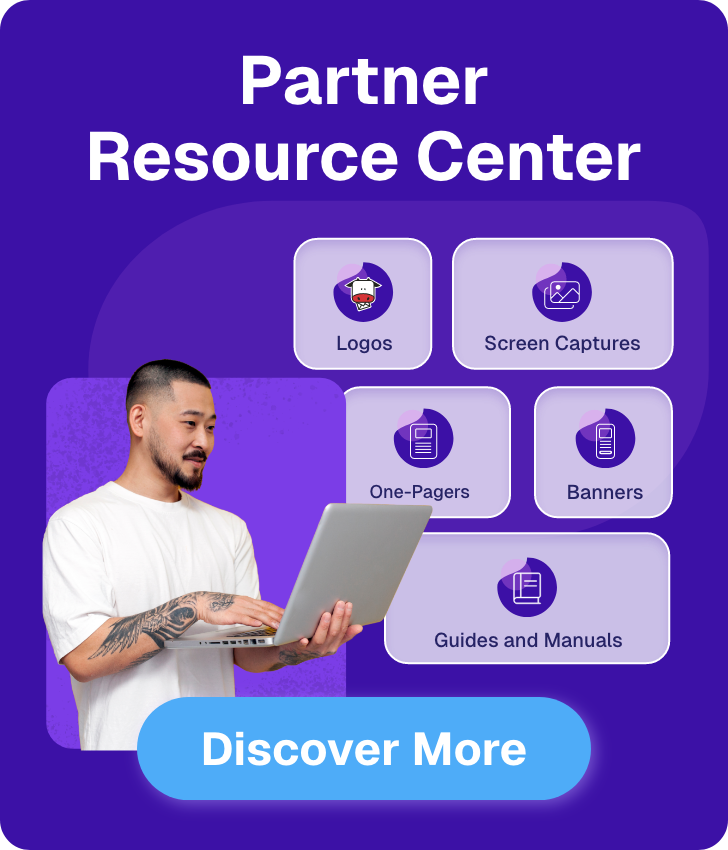

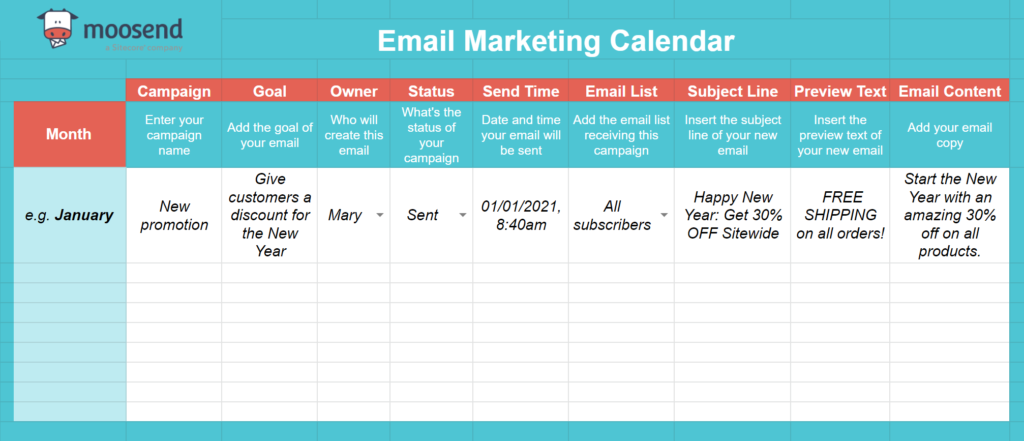

 Published by
Published by
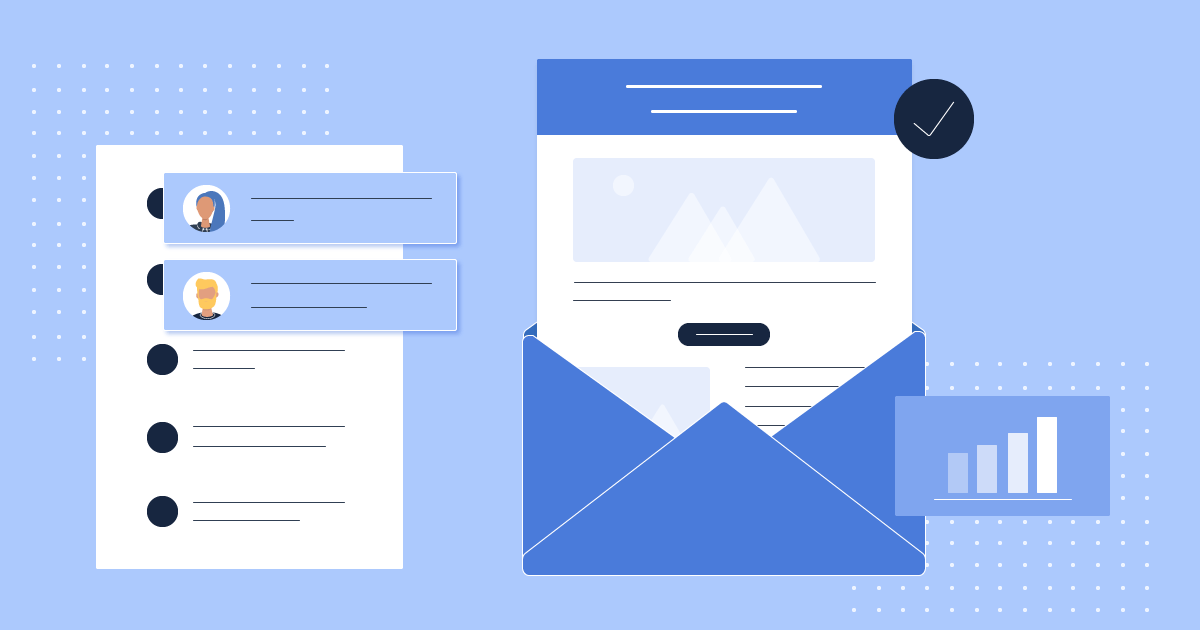
 Published by
Published by
